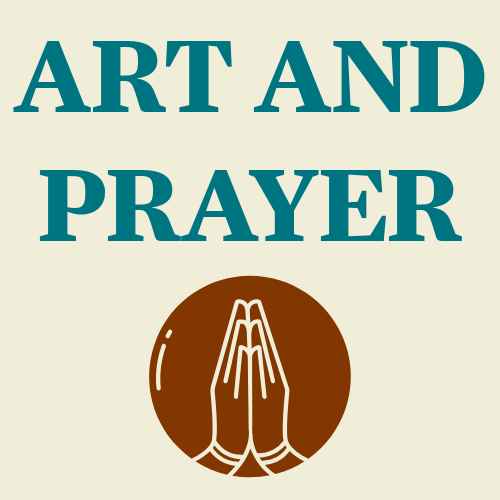Praying with Joseph Mulamba-Mandangi's "The Nativity"
What is God inviting you to see or hear in this moment of sacred stillness? This intimate Nativity by Joseph Mulamba-Mandangi invites viewers to kneel in worship alongside Mary, Joseph, and Jesus, entering the quiet holiness of Christ’s birth. The painting and scripture together call us to see, know, and hear God’s presence in our lives.
Luke 2:6-7
Rev. Rob McPherson begins by reflecting on two common ways Jesus’ birth is depicted in art: scenes bustling with visitors and intimate moments with the holy family alone. Both invite worship, but this session focuses on the quieter, sacred peace of the latter, where the viewer becomes the worshipper, personally invited to kneel before Christ. Prayer is framed not only as asking or listening but as a time of adoration and praise, drawing the heart closer to God.
The featured painting by Joseph Mulamba-Mandangi from the Congo offers a deeply intimate Nativity scene without shepherds or Magi, inviting viewers to enter the moment as guests of Mary, Joseph, and Jesus. Vibrant African patterns on Mary’s robes and the symbolism of Joseph’s stole evoke a culturally rich and reverent atmosphere. The light in the painting draws attention to Jesus, wrapped in colorful cloth and surrounded by a luminous aura, reinforcing his identity as the Light of the World.
Further details—the donkey peeking through bamboo, the lambs nearby—frame the sacred moment within the humble setting of the stable. Participants are invited to kneel alongside the holy family, to take in the whole scene with humility and awe, and to offer words of praise and adoration from their hearts. The scripture from Luke 2:6-7 is read twice, encouraging participants to listen closely for what God may be saying in this moment.
Reflection deepens as viewers are asked what God wants them to see, know, and hear through the painting and scripture. A contemplative silence invites honest prayer and openness to God’s response. The session closes with an encouragement to carry the stillness and conversation with God beyond the time of prayer, enriched by a recommendation of the song “Noel” by Selah, sung in the Kituba language of the Congo, which connects beautifully to the painting’s cultural roots.
For those interested in the song by Selah. Here is the link: https://www.youtube.com/watch?v=vlBdu2hHC54
The reflection ends with a blessing of peace and gratitude for sharing this sacred time, encouraging ongoing worship and connection with God through art and prayer.





